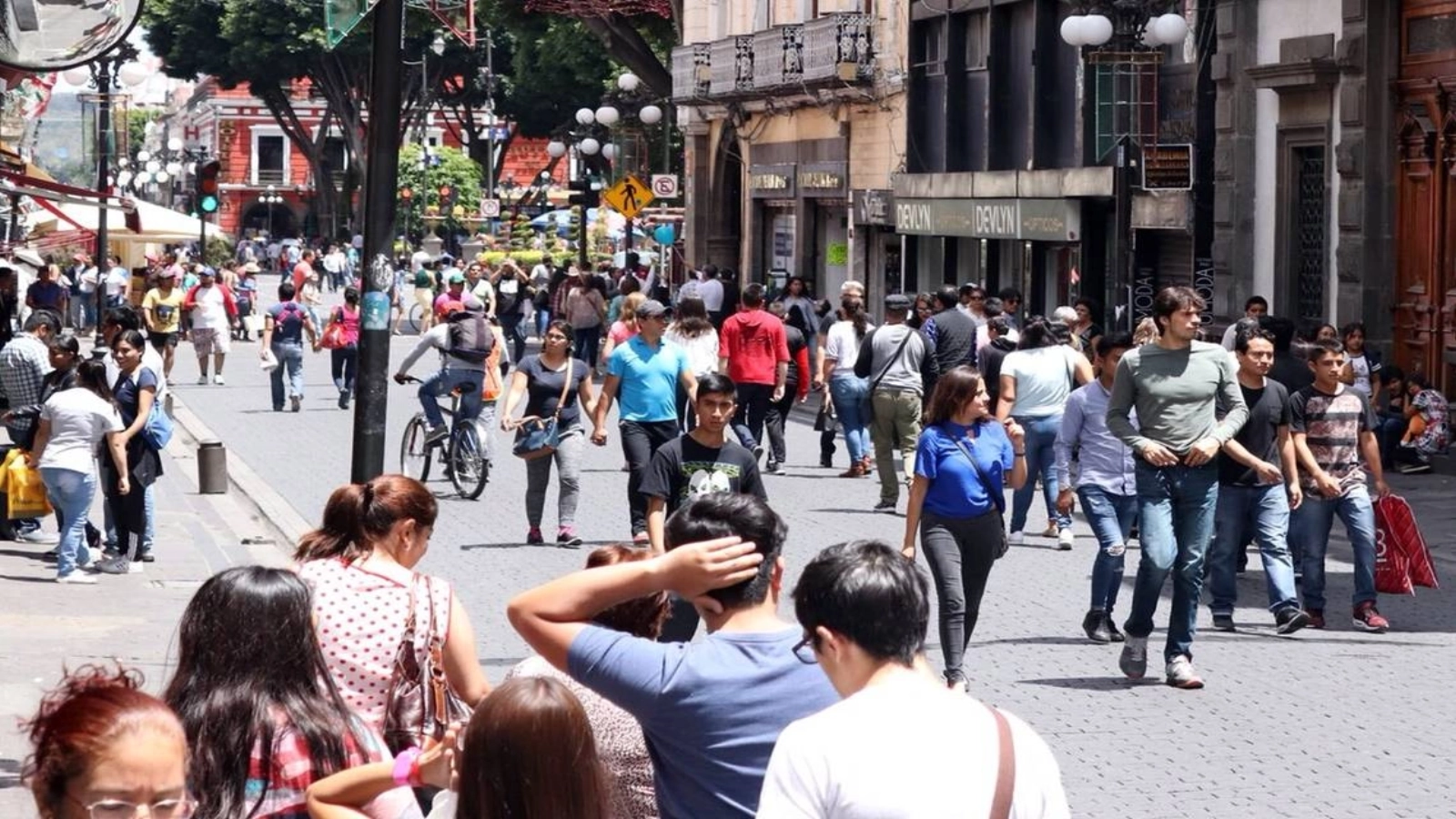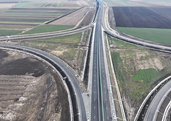Romania's resident population was 19.328 million inhabitants, on January 1, 2020, and the female population was the majority, comprising 9.868 million people, respectively 51.1 pct of the total, informs a press release of the National Institute of Statistics (INS), published on the occasion of World Population Day.
The demographic ageing process has deepened on January 1, 2020, as compared to the previous year, with a decrease of the young population (aged between 0 and 14 years) by 10,900 people, its share representing 15.7 pct in the total the resident population, and the increase in the share of the elderly (aged 65 and over) from 18.5 pct to 18.9 pct (+65.4 thousand people).
The adult population (15-64 years) accounts for 65.4 pct of the total, down by 140,000 people compared to the beginning of 2019. The share of 30-34 years and 50-54 years age groups increased within the adult population while that of the 15-19 years, 20-24 years, 25-29 years, 35-39 years, 40-44 years, 45-49 years, 55-59 years and 60-64 years age groups decreased.
10.456 million people live in urban areas, representing over half of the country's resident population (54.1 pct).
In 2020, the natural growth of the resident population continued to be negative (of -120,300 people), its negative values being registered in territorial profile, in all regions of the country. The largest negative natural growth was registered in the South-Muntenia region (-26,600 people), and the lowest in the Bucharest-Ilfov region (-6,600 people). Significant negative values in the natural growth were also registered in the South-East (-18,800 persons), North-East (-17,400 persons) and South-West Oltenia (-15,600 persons) regions.
Significant developments in society, such as declining birth rates, a negative natural increase, international migration, changing demographic behavior of married couples are just some of the factors considered responsible for a decline in fertility and, implicitly, in the resident population, as well as in the modification of its structure by age groups., Agerpres informs.
It is expected that the number of young resident population, of preschool and school age, will continue to have a downward trend and will reach 3.12 million people in 2030, and in 2060 to only 2.15 million people compared to 3.49 million currently (in the school year 2020/2021).
Eurostat estimates that Romania's elderly resident population (65 years and over) will reach 3.88 million people by 2030 and by 2060 the population aged 65 and over will reach 4.68 million people, compared to 3.66 million people on January 1, 2020.
Romania ranks 7th in the European Union in terms of resident population, on January 1, 2020.
10.456 million people live in urban areas, representing over half of the country's resident population (54.1 pct).
In 2020, the natural growth of the resident population continued to be negative (of -120,300 people), its negative values being registered in territorial profile, in all regions of the country. The largest negative natural growth was registered in the South-Muntenia region (-26,600 people), and the lowest in the Bucharest-Ilfov region (-6,600 people). Significant negative values in the natural growth were also registered in the South-East (-18,800 persons), North-East (-17,400 persons) and South-West Oltenia (-15,600 persons) regions.
Significant developments in society, such as declining birth rates, a negative natural increase, international migration, changing demographic behavior of married couples are just some of the factors considered responsible for a decline in fertility and, implicitly, in the resident population, as well as in the modification of its structure by age groups., Agerpres informs.
It is expected that the number of young resident population, of preschool and school age, will continue to have a downward trend and will reach 3.12 million people in 2030, and in 2060 to only 2.15 million people compared to 3.49 million currently (in the school year 2020/2021).
Eurostat estimates that Romania's elderly resident population (65 years and over) will reach 3.88 million people by 2030 and by 2060 the population aged 65 and over will reach 4.68 million people, compared to 3.66 million people on January 1, 2020.
Romania ranks 7th in the European Union in terms of resident population, on January 1, 2020.
































Comentează